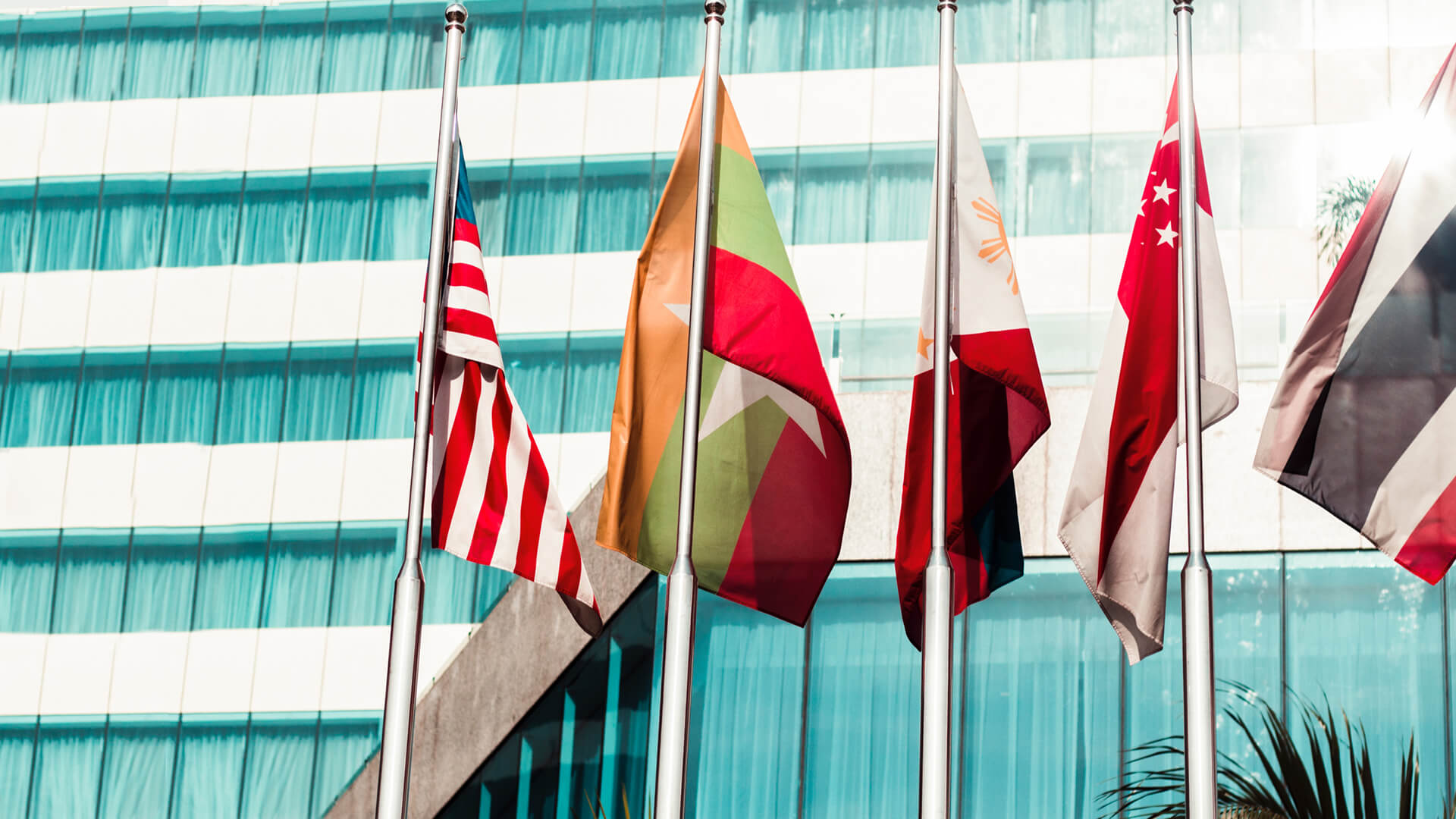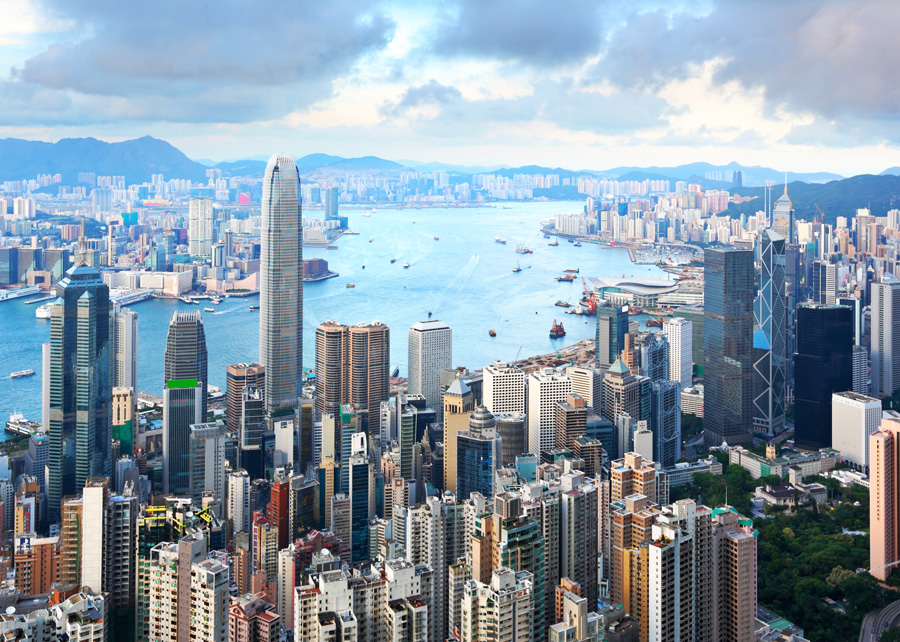by Peter Zeihan, Melissa Taylor, and Michael N. Nayebi-Oskoui
See Part I, Part II, Part III, and Part IV.
Event 5: Trump Unleashed (in progress)
The United States has never made foreign policy by committee.
The Constitution grants the executive broad authority and autonomy to collect information, come to conclusions, chart out strategies and implement foreign and military policy. Congress technically has oversight, but the legislative branch lost interest in and surrendered meaningful control over foreign policy over a decade ago. Within the executive branch there are no meaningful checks on the president’s powers, with all senior executive staff serving at the President’s pleasure (or, if you prefer, whim).
Trump has been pruning his executive staff quite rigorously in recent months, and the foreign affairs team is no exception.
Think back to the 2016 campaign. In the early months there were 18 people vying for the Republican nomination. Everyone assumed Trump’s campaign was a marketing scheme, so Trump got 18th pick for advisors. This landed him with disasters-in-waiting such as Michael Flynn.
Upon actually becoming president, a number of individuals from more established interests either saw an opportunity to shape a man who was obviously a neophyte and/or felt it was their duty to the country to try and advise the freshman president. This gave rise to what I’ve called the “Axis of Adults.” These are the men who wanted to make sure the country didn’t go off the rails.
The chair of the National Republican Committee – Rince Priebus – became Chief of Staff in an attempt to inject some Republican orthodoxy. Army General HR McMaster became National Security Advisor with the intent of speaking truth to power. ExxonMobil CEO Rex Tillerson took over the State Department to share the insights of corporate America. Gary Cohn climbed aboard to explain the ins-and-outs of Wall Street.
All sought to actively shape President Trump’s views. All are now gone.

Another pair already have one foot out the door. Priebus’ replacement as Chief of Staff – General John Kelly – felt the best thing he could do to help the president was ensure accurate information delivery. That meant, among other things, taking away the president’s phone so he wouldn’t ingest bad information… and so Trump now plans his life without much consulting his chief of staff. General James Mattis – the Defense Secretary – now seems to be the only person allowed in the room with an interest in accuracy, context and consequences. It makes him a bit of a downer in adrenaline-fueled TrumpWorld, and I’d be shocked if he wasn’t excused by year’s end as well.
Bottom line: All the chaos and disruption of the past 15 months has been the result of a Donald Trump who has been actively held back. Now the world gets to see what a Trump unleashed – an America unleashed – can do.
The pace of… everything is about to pick up considerably. Between the end of the WTO and the dawning exploitation of secondary sanctions, the US is getting the free use of its other hand – its natural economic power. The Trump administration is testing America’s strength just as other major powers are hitting structural barriers, not least of which are demographic. The Americans are now only one of the few peoples that are repopulating, within a generation the average American will be younger than the average Brazilian (the Americans are already younger than the average German or Chinese). At the same time the collection of people who have repeatedly talked the president out of some of his more disruptive policies are now either gone or sufficiently discredited in the president’s eyes that they might as well be.
It isn’t so much that any individual actions taken by the Trump administration will or won’t work. It isn’t so much that there is or isn’t a grand, multi-faceted plan in the White House. It isn’t even that the president does or doesn’t understand the context or consequences of his policies. And it certainly isn’t that this is not what I would do if I were king for a day.
It is that global population patterns are dependent upon global manufactures trade to generate income, and global agricultural trade to pay for food from abroad. It is that the global transport that enables such sectors to work requires a global order.
It is that since World War II the United States has sustained the only true global order that our world has ever known.
It is that not only is the United States no longer holding the global order together, it is actively breaking it down and there is no power or coalition of powers that can even theoretically take its place. It is that a world without America is a world in which other countries – whether out of desperation or opportunity – feel forced to protect their own interests. And most are wildly out of practice, wildly vulnerable, or – in most cases – both. It’s that America’s only significant geopolitical competitors – Europe and China – have become irrevocably addicted to that order just in time for it to end.
And perhaps most worryingly, it is that the Americans’ abdicating global leadership isn’t the same thing as the Americans’ abdicating global power, or global reach.
It is that the party is over.












